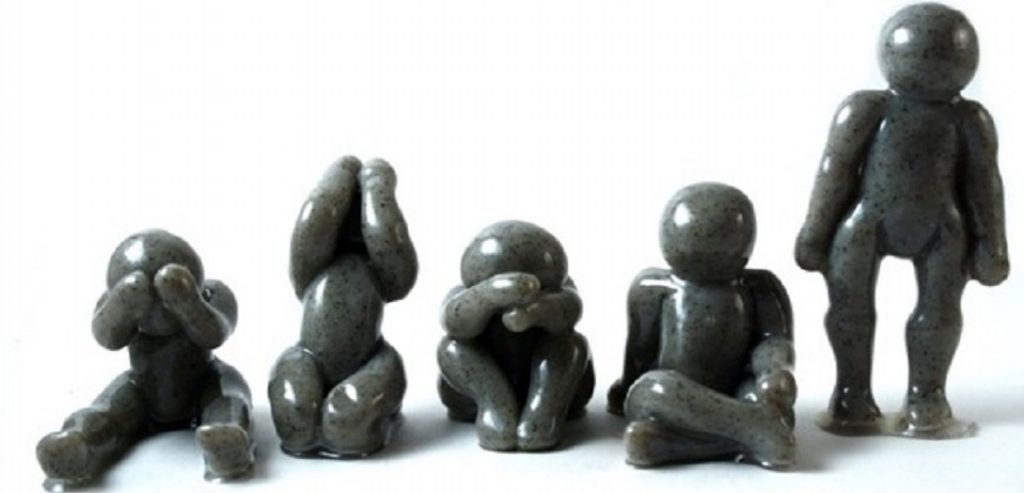
Grief vs. Mourning
A person will experience grief and mourning after a loss. Grief is defined as a person’s internal emotions, or what one thinks and how one feels after the death of a loved one. This can include sadness, anger, or memories of the deceased. Mourning is the outward or external expression of thoughts and feelings. To mourn is to be an active participant in the grieving process. This can include religious traditions honoring the dead, gathering with friends and family to share the loss, or wearing black clothes.
(The Recovery Village, 2019)

Stages of Grief
In 1969, psychiatrist Elisabeth Kübler-Ross introduced what became known as the Five Stages of Grief.”
- Denial: The first reaction to learning about a loss is to deny the reality of the situation. People might think, “this cannot be happening to me.”
- Anger: As denial stars to fade, reality and its pain re-emerges. “Why is this happening? Who is to blame?”
- Bargaining: The normal reaction to feelings of helplessness and vulnerability is often a need to regain control through a series of “If only” statements, such as: “If only I had noticed they were sick before” and “if only I was a better person toward them.” It can also be “please God, I will never hurt her again if you’ll just let her live.”
- Depression: After bargaining, empty feelings present themselves and grief enters one’s life on a deeper level. This can manifest as sadness and regret. “I’m too sad to do anything.”
- Acceptance: Acceptance is often confused with the notion of being “okay” with what has happened, but this is not the case. Most people never feel okay about the loss of a loved one. This stage is about accepting the reality that a loved one is physically gone and recognizing that this new reality is the permanent reality. “I’m at peace with what happened.”
(Smith et al., 2019)

Types of Grief
The first two types of grief are anticipatory grief and traumatic grief. Anticipatory means one anticipates or expects a loss. For example, one could be waiting for a family member with a terminal illness to die. Traumatic grief is a result of a sudden loss. For example, it could be a friend who died of a motor vehicle accident unexpectedly. Finally, if one’s grief is persistent for months to years, this is called unresolved or complicated grief. This is defined as when the intensity of grief doesn’t decrease or remains the center of one’s world. The pain of a loss is so constant and severe that it stops someone from resuming their life after a loss.
Symptoms of Unresolved/Complicated Grief:
- Intense longing/yearning for the deceased
- Denial/sense of disbelief
- Imagining your loved one is alive
- Avoidance of things that remind you of the deceased
- Anger or bitterness over the loss
- Searching for the deceased in familiar places
- Intrusive thoughts/images of the deceased
(Mental Health America, n.d.)
